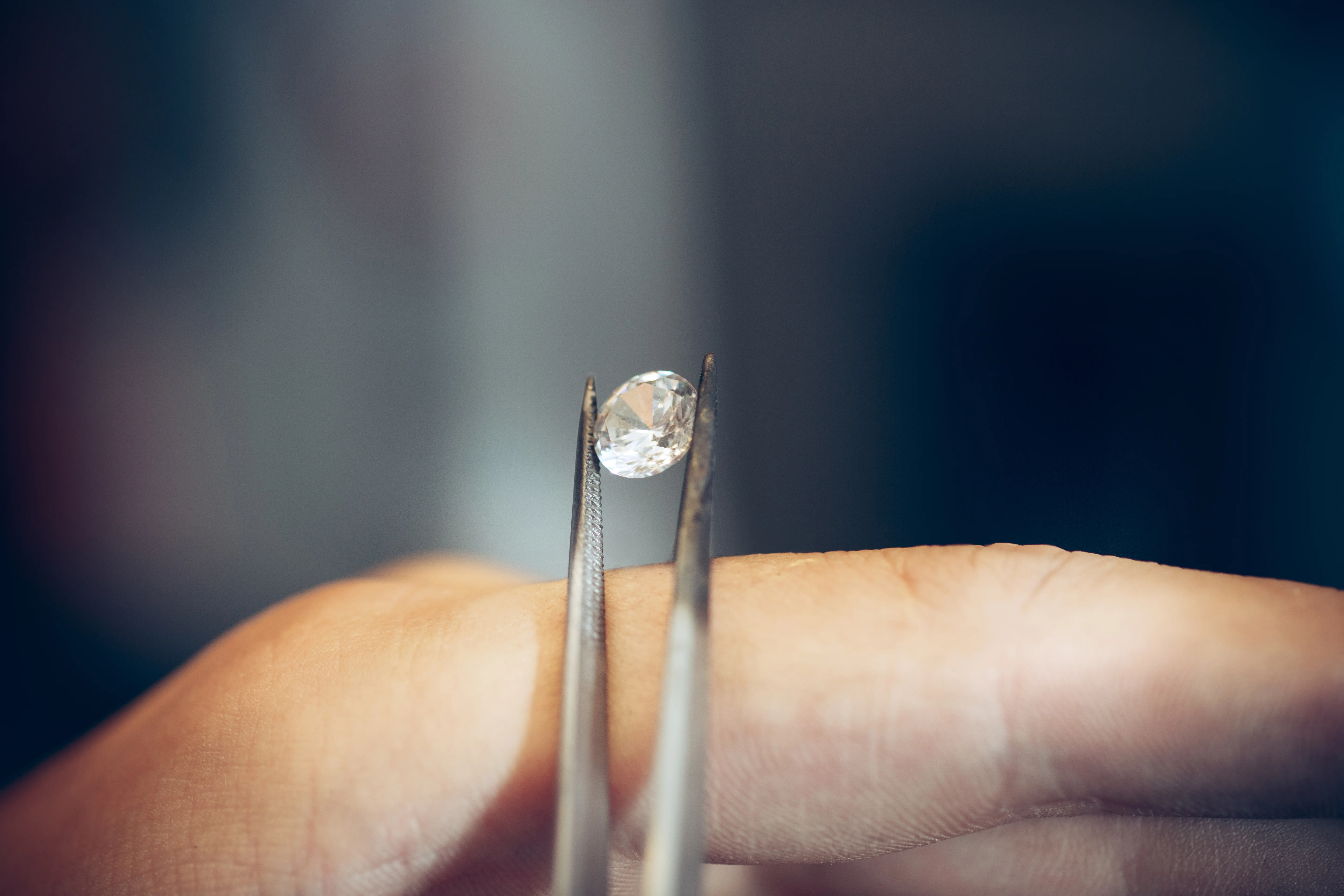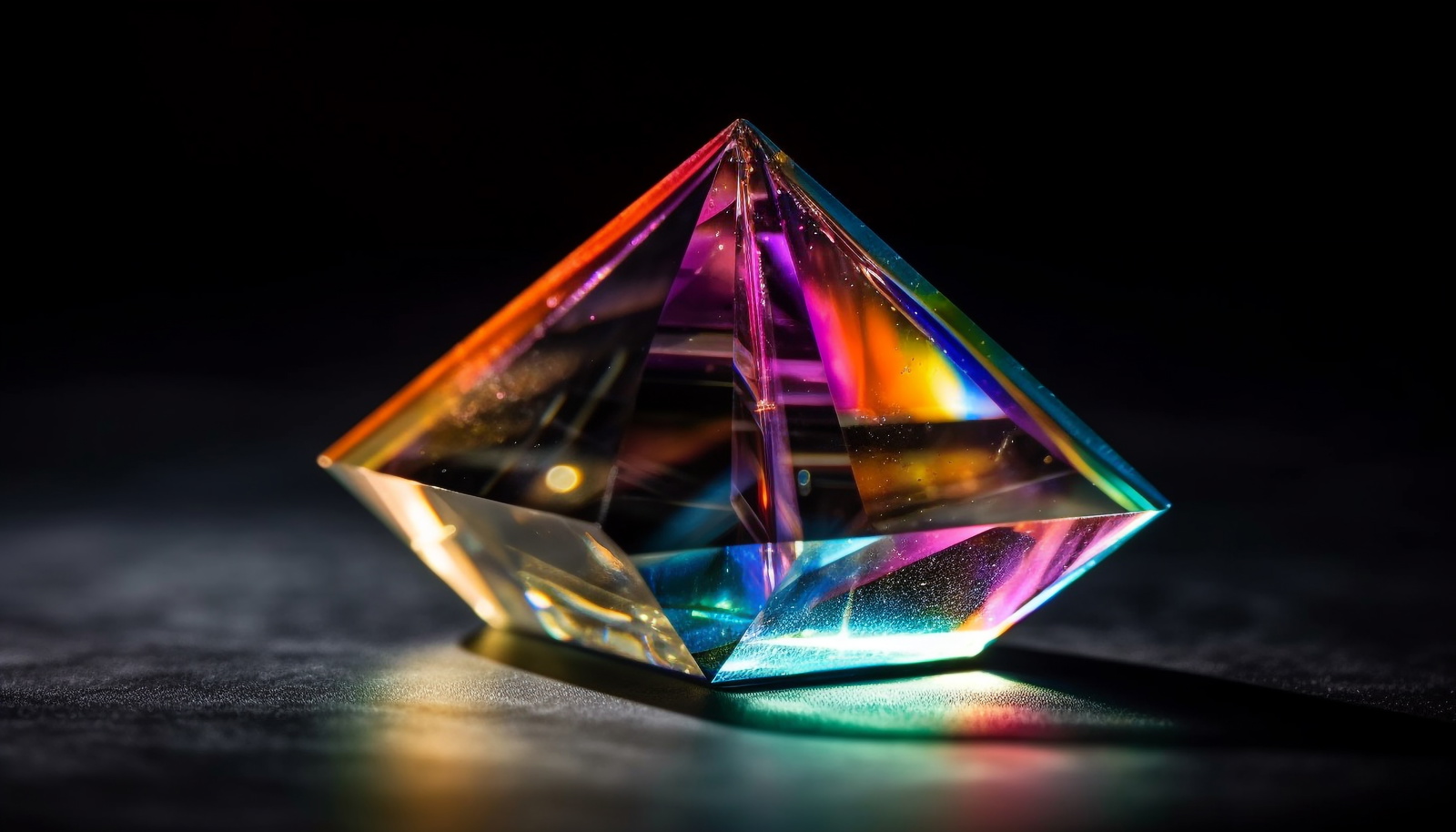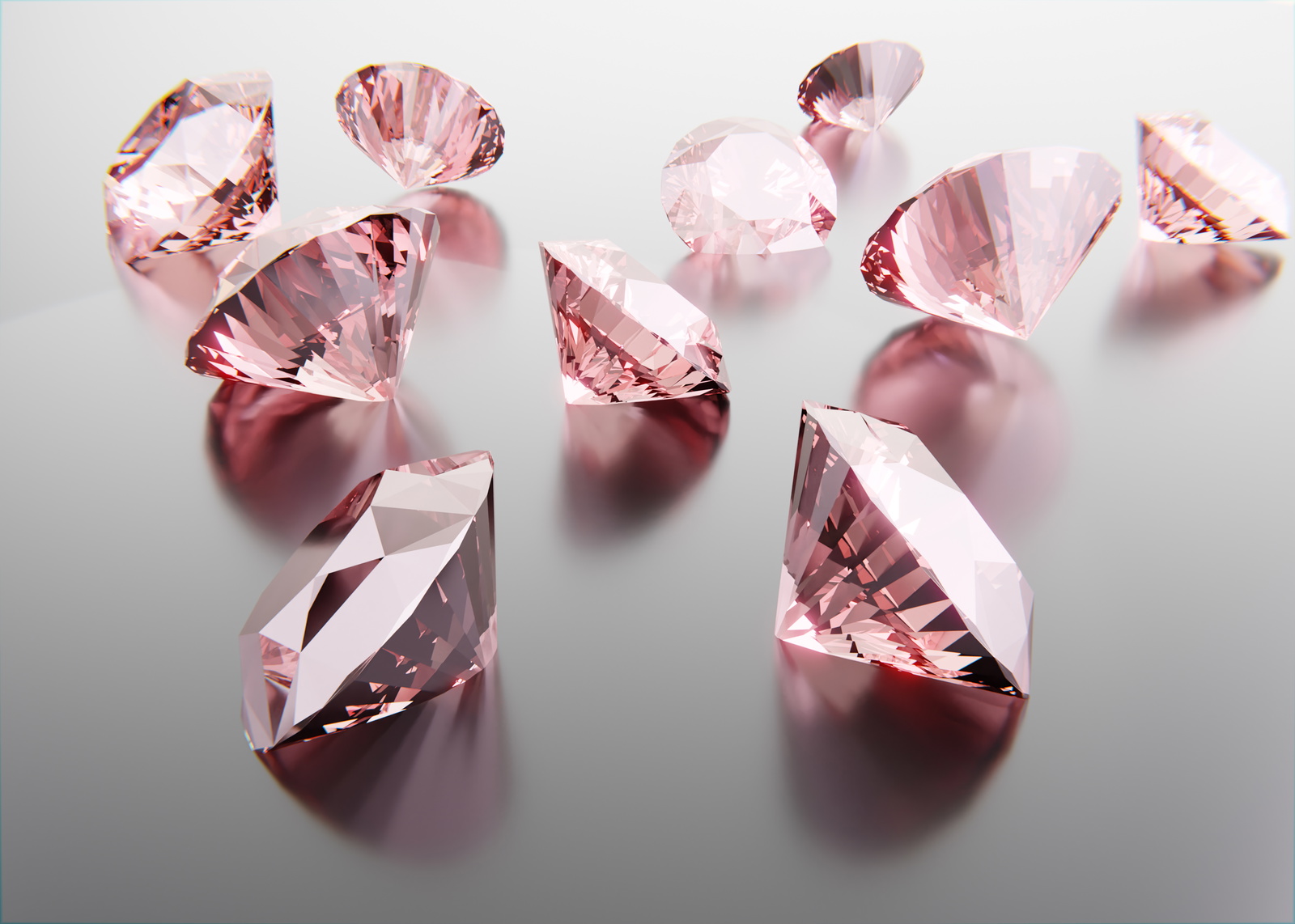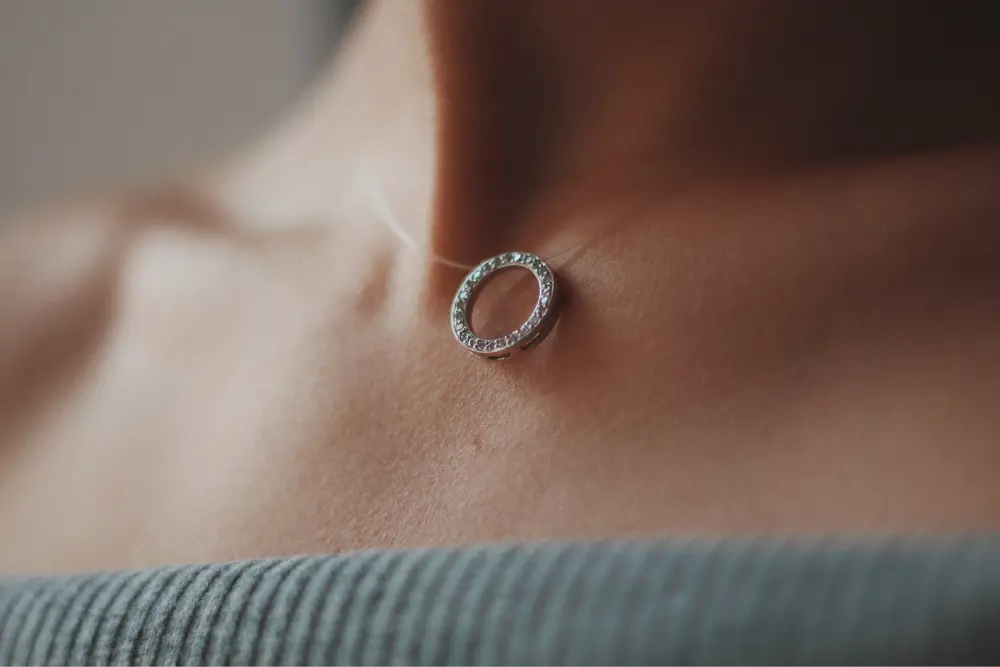Lab Grown vs Natural Diamonds: Which One is Right for You?

Synthetic vs. Natural Diamonds: Which Is More Suitable for You?
Explore the similarities and differences between lab-created and natural diamonds. Chemically and optically identical, these diamonds are ideal for all types of jewelry. Both offer long-lasting brilliance and impressive sparkle. Learn about their creation processes, pricing considerations, and durability.
- What Makes a Diamond Genuine? Synthetic Diamonds vs. Natural Diamonds
- Diamond Quality Criteria (4Cs)
- 4Cs - Cut
- 4Cs - Clarity
- 4Cs - Color
- 4Cs - Carat
- Price Difference
- FAQs about Synthetic vs. Natural Diamonds
What Makes a Diamond Genuine? Synthetic Diamonds vs. Natural Diamonds
The key differences between lab-created and naturally occurring stones lie in how they are formed and their environmental impact. Technically, they have the same chemical composition, but one is created within the Earth, and the other in a sterile factory environment. However, there are other characteristics that distinguish lab-created and natural diamonds, which experts explain below.
How They're Created
Most naturally occurring diamonds on the market today formed deep below the Earth's surface, in the planet's mantle layer. Billions of years of extreme heat and pressure caused the carbon element to rearrange atomically, resulting in the solid form of a diamond. Deep volcanic eruptions brought these rare stones closer to the Earth's surface through kimberlite pipes in areas where conditions and temperatures were ideal for their formation. These massive, deep-reaching craters are then mined for their precious stones.
n contrast, synthetic diamonds are precisely that: diamonds created in a laboratory. The most common method involves chemical vapor deposition. It begins with a very thin slice of diamond in which a crystalline structure has already developed. This is sometimes called a diamond 'seed' and is made of pure carbon; it could be a naturally occurring or lab-created diamond. The seed is placed in a vacuum, and carbon molecules assimilate onto the diamond seed. It's almost like 3D printing a diamond. Once the diamond 'grows' in this chamber, it will be ready for cutting and polishing, just like a natural diamond.
Many of the same grading institutions, such as the Gemological Institute of America and the International Gemological Institute, evaluate lab-grown diamonds using the same procedures and standards as natural diamonds. This is important because if these standard-setting organizations use the same scales to evaluate lab-grown and natural diamonds, there are no differences in 4C (cut, clarity, color, and carat).
Cut
Cut is perhaps the most important aspect of diamond quality, impacting its beauty. Diamond cut specifically refers to the quality of carbon angles, proportions, symmetrical facets, brightness, fire, sparkle, and finishing details. These factors directly affect the diamond's ability to sparkle along with its overall aesthetic appeal. For example, look at this beautiful diamond from JA and this terrible choice. The only difference between these two is their cut.
GIA table grades diamond cut on the scale of Ideal, Excellent, Very Good, Good, Fair, and Poor. Ideal and excellent grades, depending on the diamond shape, denote cut proportions and angles for maximum brightness and fire.
Clarity
Clarity is the measure of how many or how large internal flaws or inclusions are present in the diamond. The lower the clarity of a diamond, the more imperfections the diamond has. Lab-grown diamonds vary in clarity, just like mined diamonds.
Not all inclusions are created equal! Some lab-grown diamond inclusions are hard to see even under magnification, while others may be more visible to the naked eye. All Ada diamonds are guaranteed clean and quality checked. We focus on 4 clarity grades VVS1, VVS2, VS1, and VS2.
- FL (flawless)
- IF (internally flawless)
- VVS1 (very, very slightly included 1)
- VVS2 (very, very slightly included 2)
- VS1 (very slightly included 1)
- VS2 (very slightly included 2)
- SI1 (slightly included 1)
- SI2 (slightly included 2)
- I1 (Inclusions 1)
- I2 (Inclusions 2)

Diamond Color
A high-quality lab-grown diamond will be graded on the same scale as a natural diamond in terms of color. Between lab-grown and natural diamonds, there is a small optical difference, and most couples are looking for stones with G to J color grades, which are nearly colorless. True colorless diamonds with grades D to F are extremely rare, making them exceptionally valuable.
Carat
Carat is the most objective C for determination because it relates to the weight of the diamond. A carat is defined as 200 milligrams and is divided into 100 "points." These points mean that the weight of your diamond is measured to the hundredth decimal place.
The indicative size weight in carats estimates the size of a diamond based on its carat weight. But some diamond shapes, like Oval or Marquise, may appear larger than others with the same carat weight.
Price Difference
Natural diamonds are partially expensive because they are rare. They rely on complex and expensive mining processes, and there are no guarantees of what will emerge from the earth. Among other factors contributing to their costs are the labor and energy used in mining and polishing the stones, as well as the strategic and somewhat controversial origin, control, and advertising of the diamond market itself.
Synthetic diamonds, on the other hand, will be cheaper than natural diamonds – sometimes up to 50% cheaper – because they are not governed by the same supply networks.
FAQs about Synthetic vs Natural Diamonds
- Are synthetic diamonds as good as natural diamonds?
Synthetic and natural diamonds are both excellent choices for jewelry. They are chemically and optically identical and deliver a unique sparkle to every piece. Yes, lab-grown diamonds are as brilliant as natural ones.
- What are the differences between synthetic and natural diamonds?
The biggest differences between them are the creation process and rarity. Lab-grown diamonds can be created endlessly in a controlled environment, whereas natural diamonds are created within the earth. This makes natural diamonds rare, giving them value due to this scarcity.
- How do you tell the difference between synthetic diamonds and natural diamonds?
To the untrained eye, there are no differences in appearance between lab-grown or natural diamonds. These gemstones have the same refractive properties, chemical composition, and strength. A gemology expert might be able to differentiate between these two types of diamonds by comparing their trace inclusions. These differences do not affect the beauty or durability of lab-grown and natural diamonds.
- Which is better, synthetic or natural diamonds?
When deciding which type of diamond is better, it all depends on personal preferences. The "better" diamond is the one that has preferred characteristics. Some people prefer the rarity of natural diamonds, while others prefer the untapped element of lab-grown diamonds. If you're looking for ethical diamonds, our natural or lab-grown diamonds are excellent choices.
- Are natural diamonds more expensive than synthetic?
Yes, natural diamonds mined from the earth have a higher price than synthetic diamonds. Natural diamonds also hold higher resale value.
- Do both types of diamonds look the same?
Yes, natural and synthetic diamonds have identical optical properties and deliver virtually indistinguishable appearances. No two diamonds are entirely alike, but you can always rely on our natural and synthetic diamonds to bring a unique sparkle to each piece of jewelry.


